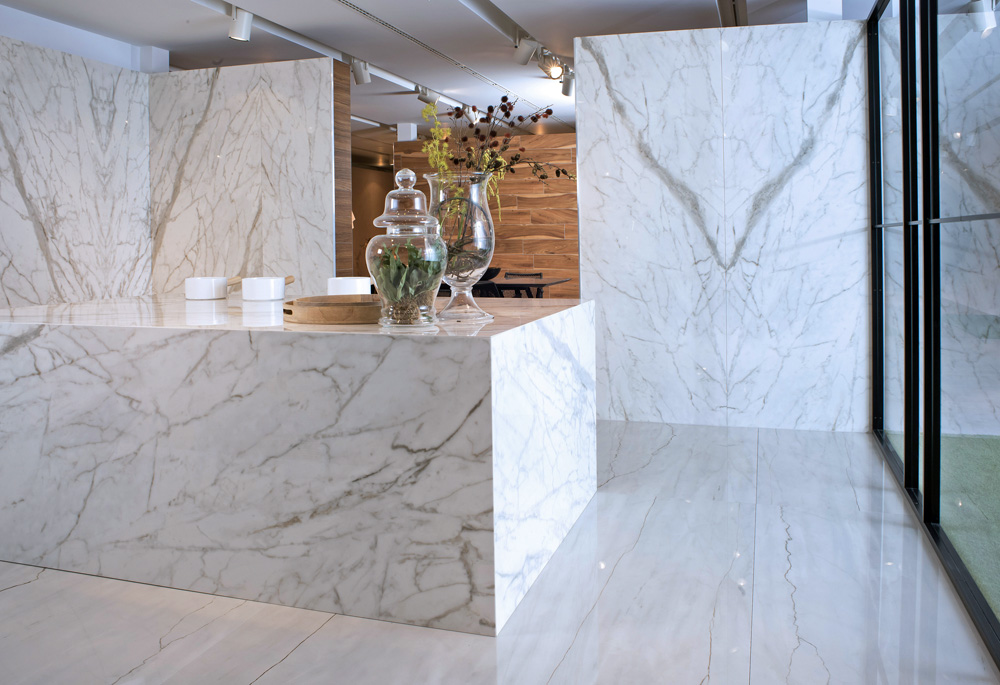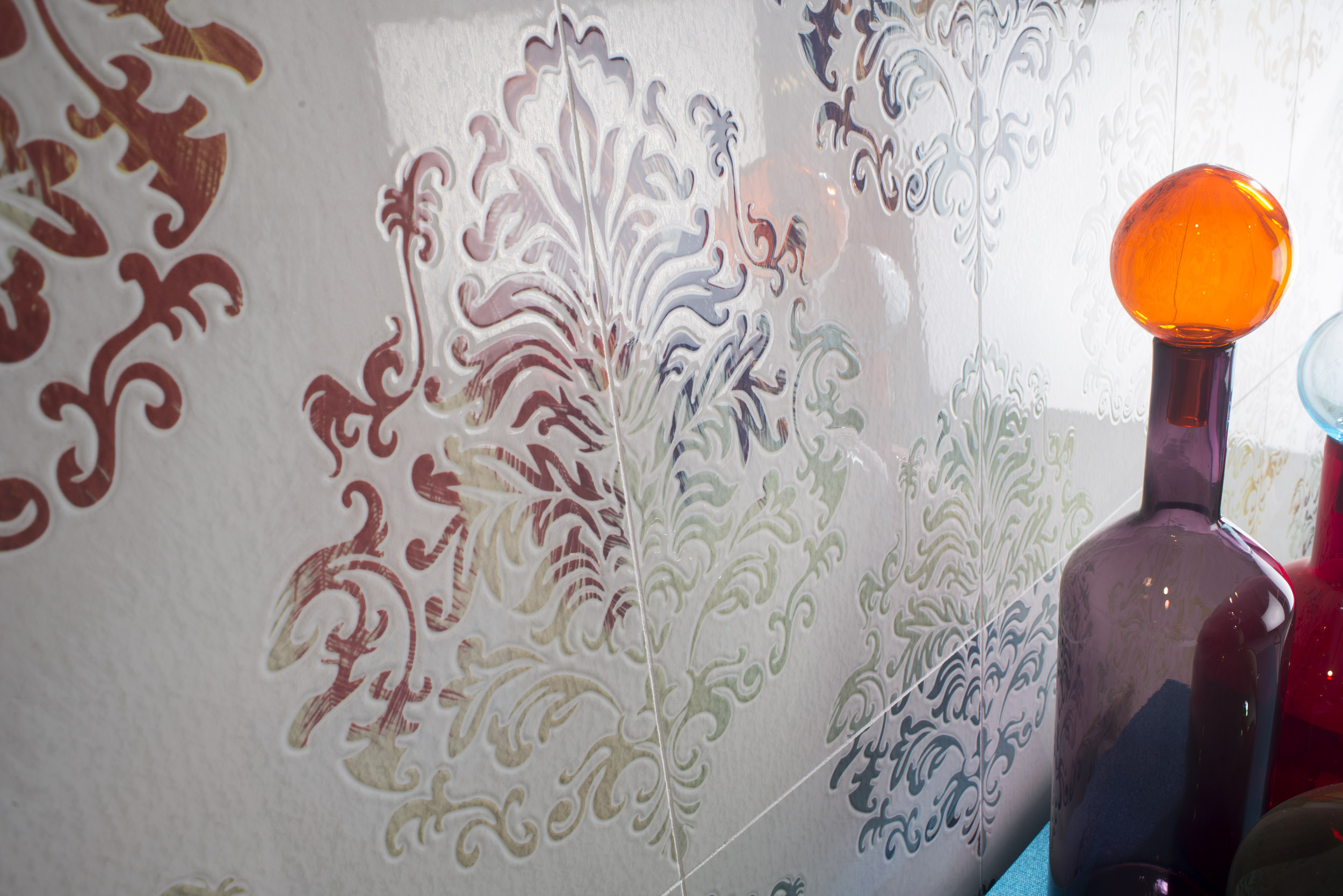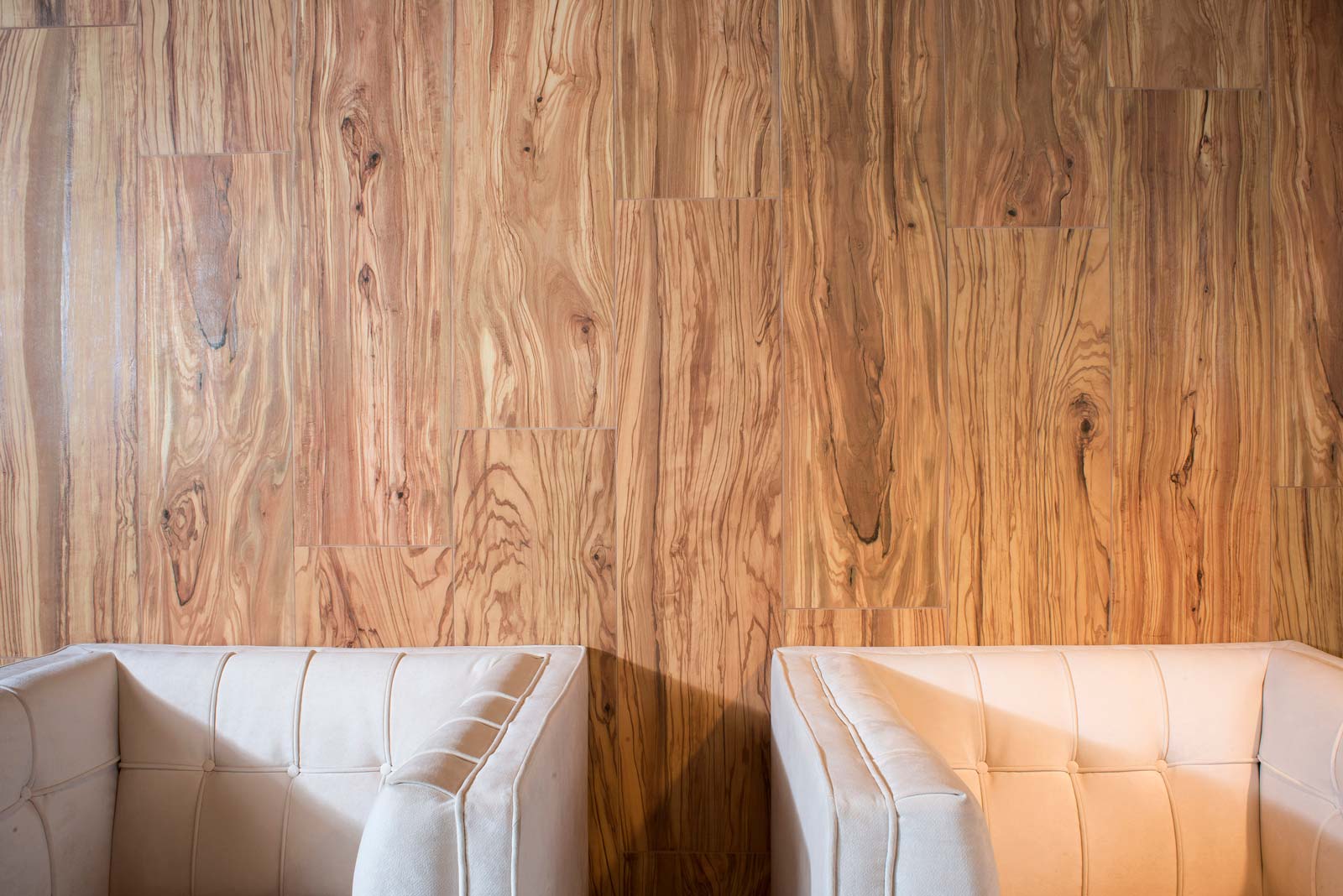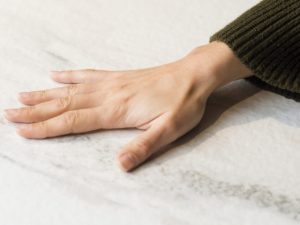The concept of making the kitchen the epicentre of a home may, for many (perhaps the youngest) be a relatively recent fad. But for those of us who have been around for generations, we have already seen this trend in legendary American television shows. Who can forget those cosy and sometimes huge kitchens of series like ‘The Prince of Bel Air’, ‘Bill Cosby’s Hour’, etc.
Either independently of the living room, or as part of it, there is a growing tendency to make the kitchen the focal point of a home, for many reasons. The kitchen can be the ideal place to start the day by sharing breakfast with the whole family. Or that place where the family meets to tell each other how their day has gone, while dinner is being prepared. It is also the corner where we help the little ones with their homework while we cook. You can even reserve some space in that room for occasional work.
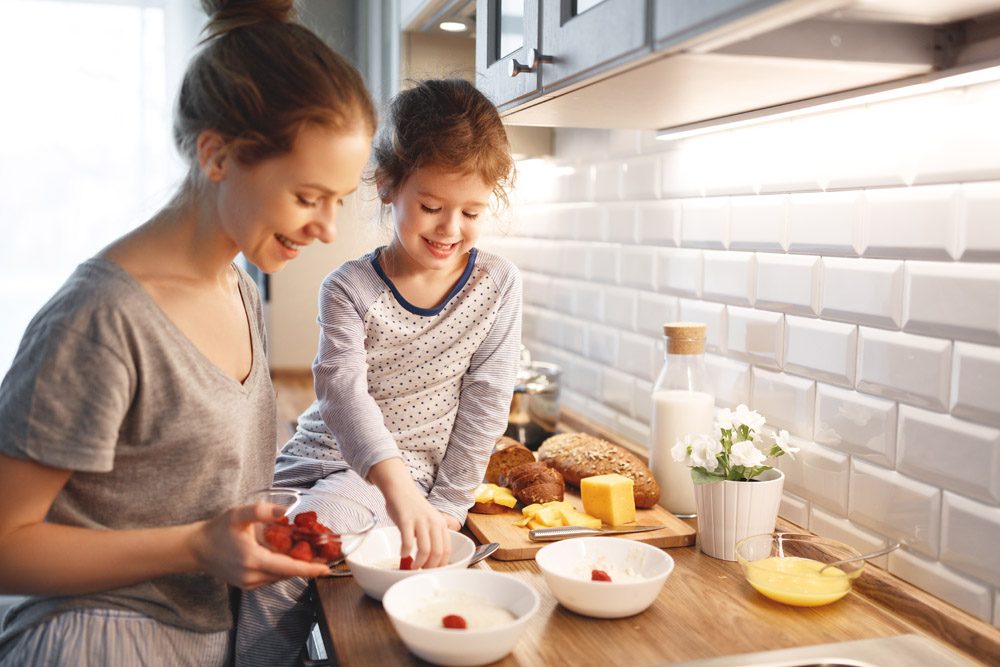
If we look back a little, today it is about mythical series, we can see that the prominence of kitchens was already experienced in the XIX and early XX century. You only need to watch a couple of episodes of the series ‘Up and Down’ or ‘Downton Abbey’ to immerse yourself in kitchens that were the perfect setting for an essential part of home life.
Everyday scenes of life, fictional or real, that make us enjoy to the maximum the kitchens designed for living and not just for cooking. A safe bet, without any kind of doubt.
The latest trend is for the kitchen to be integrated into the living and dining room and not be a completely separate room. To achieve this effect, it is not only necessary to dispense with walls to avoid watertight compartments. The materials used, especially in the floors, should be the same or at least not differ too much from each other. It will also help if we use the same colours in both rooms. All of this, with the aim of generating a natural transition between the kitchen and the living-dining room.
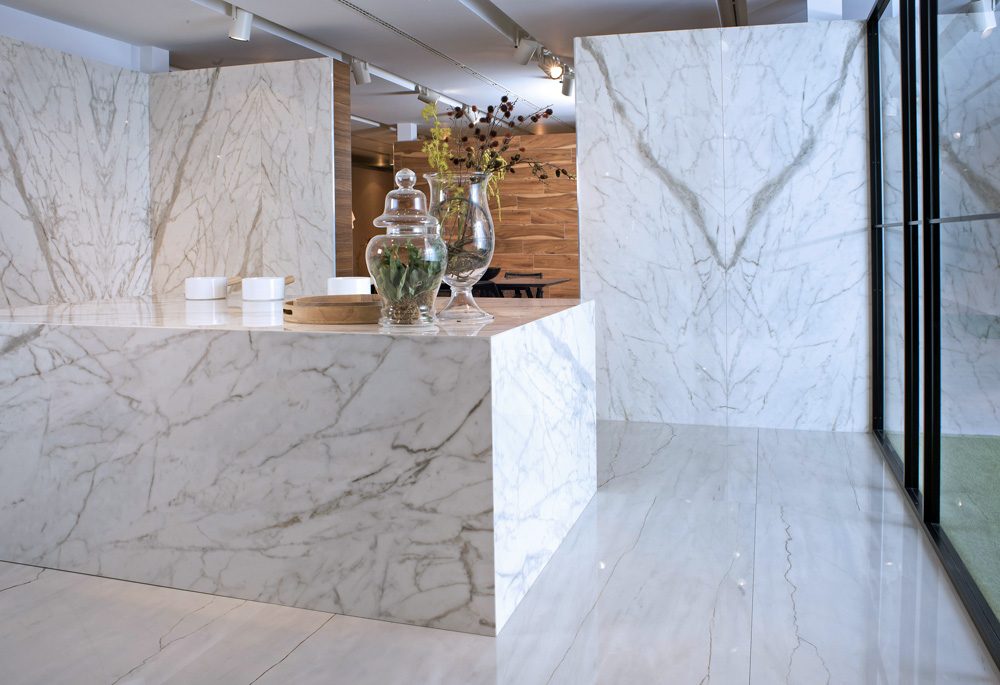
In Esmalglass-Itaca we know that the finish of the ceramic products can be differential, when designing and looking for homogeneity between two spaces of the same home. In this sense, we have the Digital Glue, which stands out within the family of digital effects, due to the ease with which a great variety of effects can be achieved.
You only need to load the glue in the digital printing machine and then use any type of granite or digital dust deposition device. In this way, all types of granules and pellets can be applied digitally and synchronously with the design, benefiting easily from the infinite number of effects and finishes they provide.

